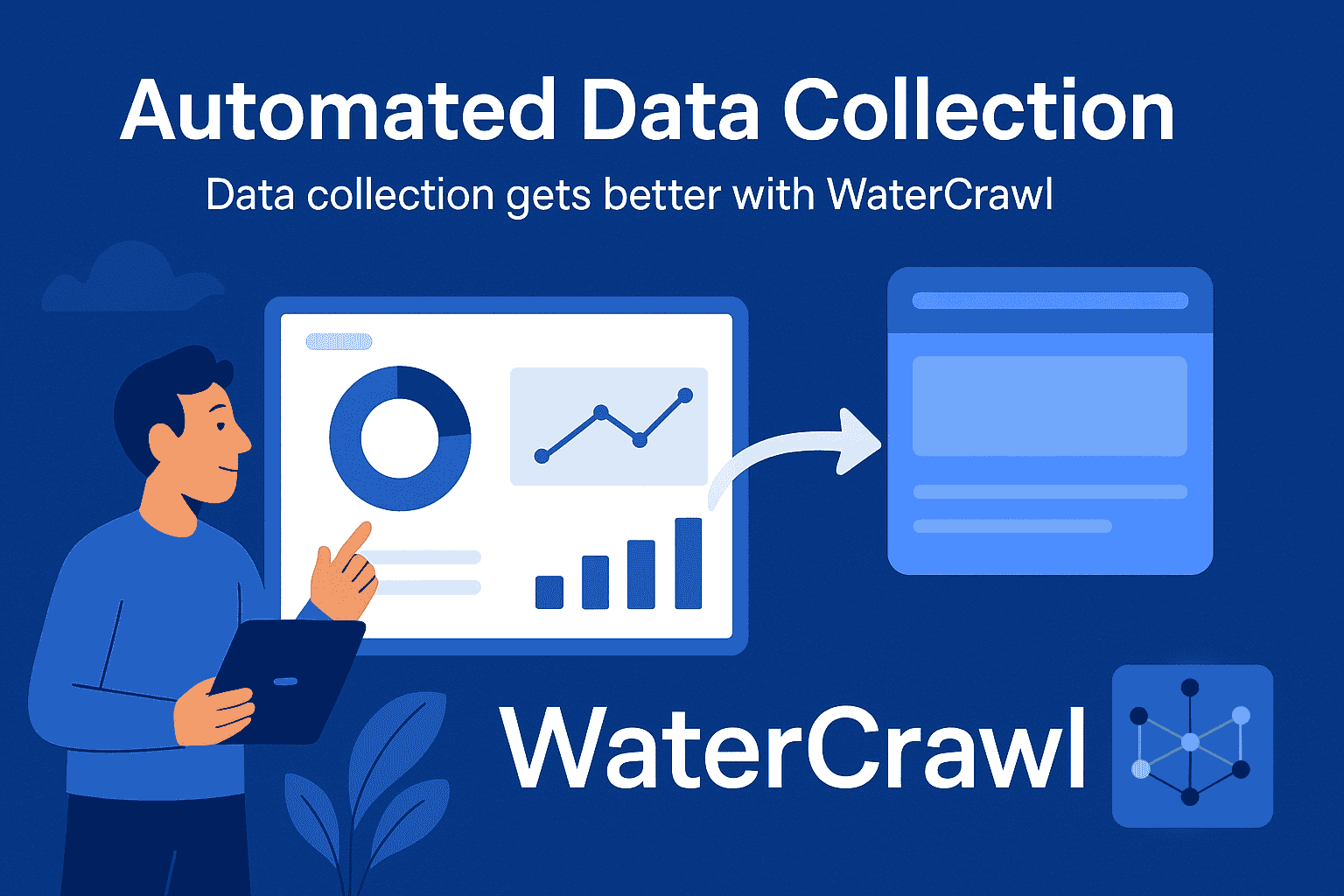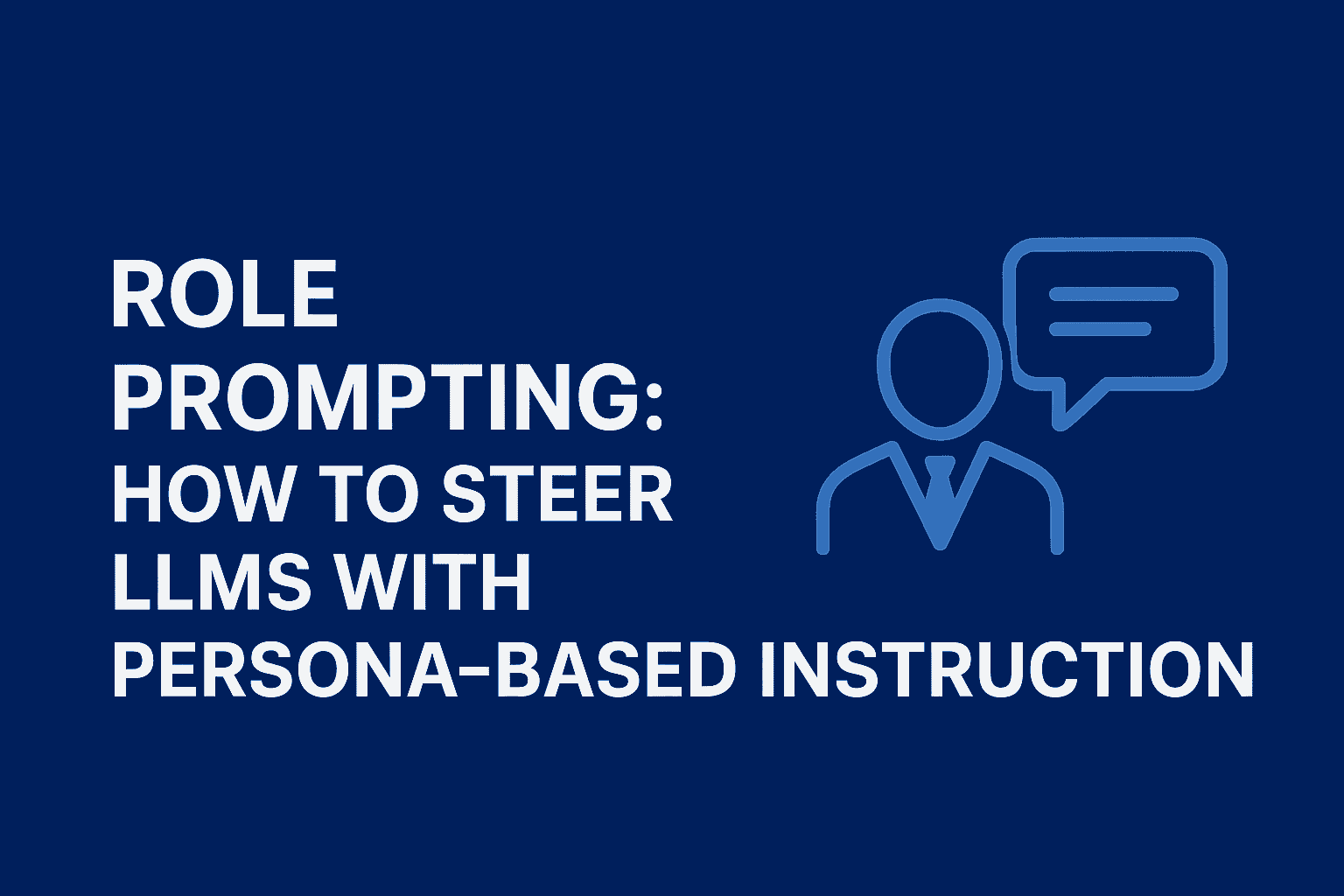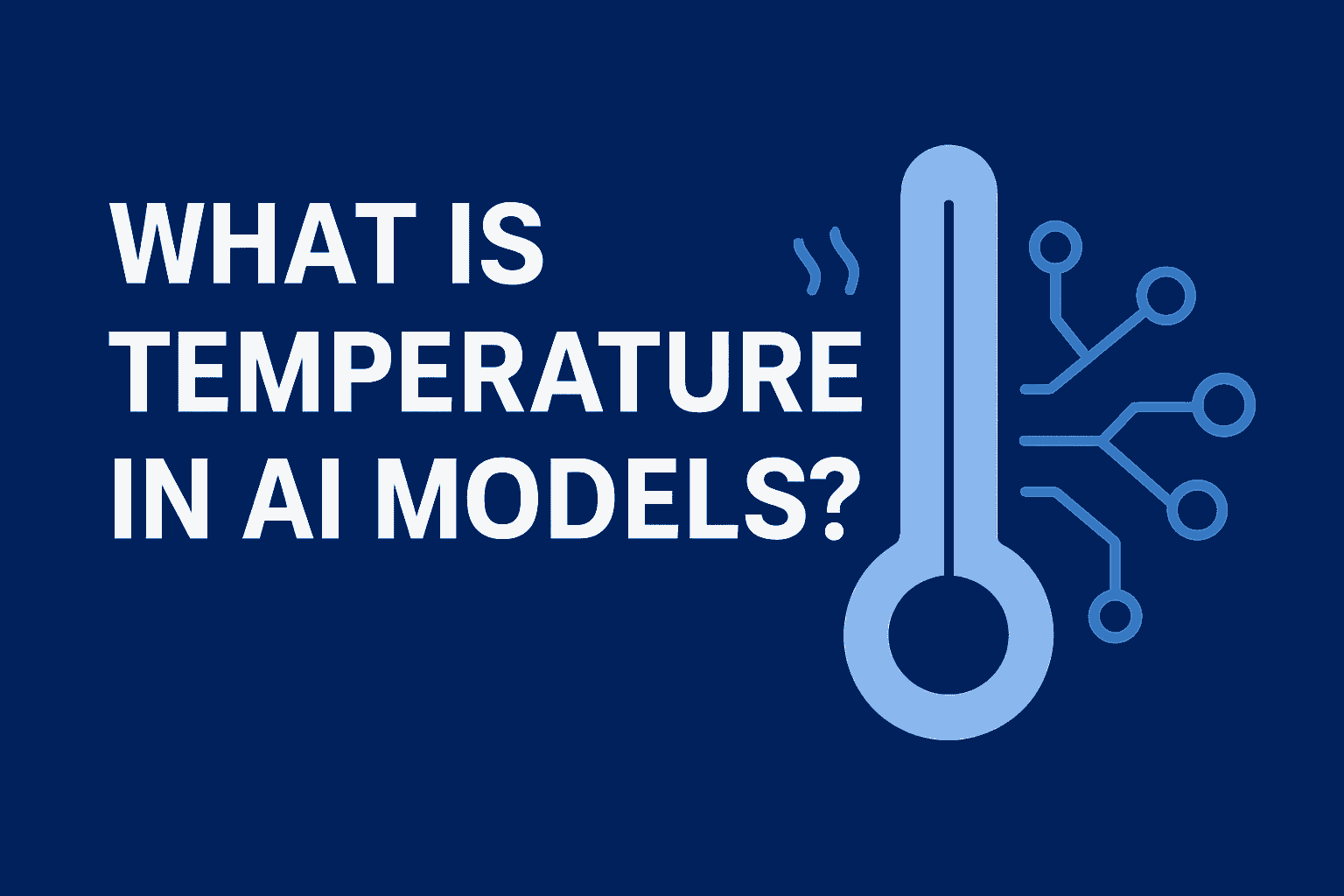
🚀 Unlock Your Data’s Potential: Automate Insights with WaterCrawl
Ai engineer
🚀 Automate Data Collection with WaterCrawl Manual data collection is slow, costly, and error-prone. WaterCrawl from watercrawl.dev lets you scrape websites, process APIs, and turn unstructured content into clean, actionable datasets—fast and at scale. With AI-powered extraction, schema-based output, and dynamic content handling, WaterCrawl helps you unlock insights and stay ahead.
🚀 Unlock Your Data’s Potential: Automate Insights with WaterCrawl
In a world overflowing with data, manual collection is too slow and error-prone to keep up. Businesses, developers, and analysts need tools that collect, organize, and transform data into actionable insights at scale. That’s where WaterCrawl from watercrawl.dev comes in—a powerful solution to automate data collection for your data needs, whether you’re scraping websites, integrating APIs, or processing unstructured content. This post explores automated data collection, why it’s critical, and how WaterCrawl simplifies the process with structured code examples.

📊 What Is Automated Data Collection?
Automated data collection uses software to gather data from diverse sources—such as websites, APIs, databases, or IoT devices—and consolidate it into a usable format. With WaterCrawl, you can effortlessly pull data from the web, clean it, and feed it into your analytics or machine learning pipelines, all without manual effort.
For example, WaterCrawl can scrape article details from a news site, extract social media sentiment, or collect real-time data from APIs, transforming raw information into structured datasets ready for analysis. By automating these tasks, you save time and focus on leveraging your data to drive decisions.
⚡ Why Automate with WaterCrawl?
Manual data collection is costly, slow, and prone to errors. WaterCrawl’s automation delivers:
- ⏳ Time Savings: Eliminate hours spent on manual scraping or spreadsheet work.
- 🚄 Speed & Scale: Process thousands of URLs or data points in minutes, 24/7.
- ✅ Error Reduction: Avoid typos, duplicates, or missing data with automated precision.
- 📈 High-Quality Data: Clean, structured outputs ensure reliable analytics for reports or AI models.
- 💰 Cost Efficiency: Reduce labor costs by automating repetitive tasks.
- 💡 Actionable Insights: Turn raw data into dashboards or predictive models effortlessly.
With WaterCrawl, you can harness your data to unlock insights, optimize strategies, and stay ahead of the competition.
🗂 Structured vs. Unstructured Data: What You Need to Know
Automated systems like WaterCrawl handle two main data types, each with unique requirements:
📑 Structured Data
Structured data is organized and fits neatly into databases or spreadsheets, such as:
- Article metadata from a news site
- Customer records in a CRM
- Sensor readings in a time-series database
WaterCrawl excels at extracting structured data from websites or APIs, delivering clean, tabular outputs ready for analysis or reporting.
📝 Unstructured Data
Unstructured data—like articles, images, or social media posts—lacks a predefined format. WaterCrawl uses advanced techniques (e.g., AI-driven parsing) to process:
- Blog post content
- Customer reviews or social media text
- Scanned documents or PDFs
For example, WaterCrawl can extract article text from a news site or sentiment from user comments, making unstructured data actionable for your projects.
🛠 Core Components of Automated Data Collection
A robust data collection system, powered by WaterCrawl, includes:
- 🌐 Data Sources: Websites, APIs, internal databases, or third-party providers.
- 🤖 Collection Tools: WaterCrawl’s web crawlers, API connectors, or AI parsers for unstructured data.
- 🔄 Processing Pipelines: Clean, transform, and standardize data using ETL workflows.
- 🗄 Storage Systems: Store results in databases (e.g., MongoDB), time-series stores (e.g., InfluxDB), or message queues.
- 🔒 Security & Reliability: Encrypted connections and quality checks ensure compliant, accurate data.
🌍 Real-World Applications for Your Data
WaterCrawl empowers you to automate data collection for your needs across industries:
- 📰 Media & Publishing: Scrape article metadata to track trends for your content strategy.
- 📢 Marketing: Analyze customer sentiment from reviews or social media for your campaigns.
- 💹 Finance: Aggregate real-time market data for your trading algorithms.
- 🏥 Healthcare: Collect patient data from wearables or diagnostics for your research.
- 🏭 Manufacturing: Monitor IoT sensor data to predict maintenance for your equipment.
💻 Example: Modern Data Collection with WaterCrawl
While there are many tools available for automated data collection, let’s look at a practical example using WaterCrawl, which demonstrates several key principles of modern data gathering. This example shows how to extract structured article information from a news website:
from watercrawl import WaterCrawlAPIClient
from pydantic import BaseModel, Field
from typing import Optional
from dotenv import load_dotenv
# Load environment variables (e.g., API key)
load_dotenv()
# Define the data structure we want to collect
class Article(BaseModel):
title: str = Field(description="Article title")
publication_date: str = Field(description="Publication date in YYYY-MM-DD format")
author: Optional[str] = Field(description="Author name")
summary: Optional[str] = Field(description="Brief content summary")
# Initialize the data collection tool
client = WaterCrawlAPIClient()
# Collect data from an article page
result = client.scrape_url(
urls=["https://example.com/news/article123"],
page_options={
"prompt": "Extract article information based on the schema provided.",
"schema": Article.model_json_schema(),
},
)
# Process and display the results
article = Article(**result["data"])
print(f"📌 Title: {article.title}")
print(f"🗓 Published: {article.publication_date}")
print(f"✍️ Author: {article.author}")
print(f"📝 Summary: {article.summary}")
Example Output:
📌 Title: Breakthrough in Renewable Energy Announced
🗓 Published: 2025-07-15
✍️ Author: Jane Doe
📝 Summary: Scientists unveil a new solar panel design that boosts efficiency by 20%.
🔍 Why This Approach Works for You
This code demonstrates a modern approach to web data collection using structured schemas and AI-powered extraction. By defining a Pydantic model, you specify exactly what article information you want to collect—such as title, publication date, author, and summary. WaterCrawl then uses this schema to intelligently identify and extract the relevant data without relying on brittle CSS selectors or XPath expressions.
Advantages over traditional scraping:
- 🗂 Schema-Based Collection: Ensures consistent formats and built-in validation for your data.
- 🤖 AI-Powered Extraction: Adapts to website changes without fragile selectors.
- ⚙ Scalable Processing: Handles multiple URLs in parallel with retries.
- 📏 Standardized Data: Converts fields into proper data types for seamless integration.
📈 Emerging Trends to Enhance Your Data Strategy
Based on WaterCrawl’s capabilities, here are key trends shaping automated data collection:
- 🧠 AI-Powered Parsing: Intelligent processing of unstructured data like PDFs into structured formats.
- ⚡ Dynamic Content Handling: Captures JavaScript-loaded and scrolling content seamlessly.
- 🛡 Privacy Compliance: Secure handling with encryption and GDPR/CCPA-ready options.
🎯 Get Started with WaterCrawl Today
WaterCrawl from watercrawl.dev is your solution for automating data collection, whether you’re handling structured article metadata or unstructured content. With easy-to-use APIs and robust features, it empowers you to collect, process, and analyze your data efficiently.
Try the script above, sign up at app.watercrawl.dev and unlock the full potential of your data today!

